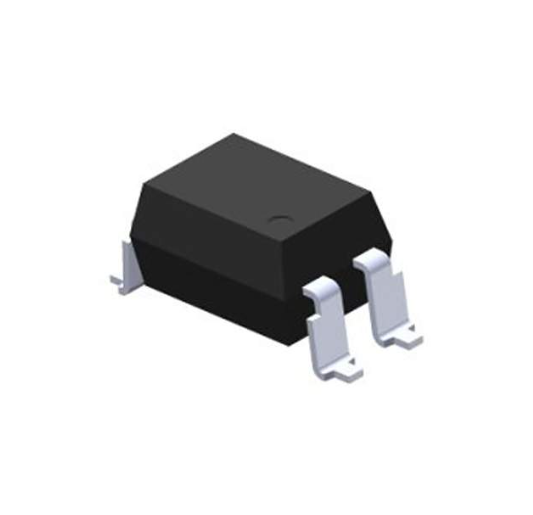
EL817(S1)(C)(TU)
EL817(S1)(C)(TU) is a transistor output optocoupler used to isolate signals between two circuits while allowing information to be transmitted.
Inquire Now
Description
EL817(S1)(C)(TU) is a transistor output optocoupler. Also known as optocoupler transistors. An electronic device used to isolate signals between two circuits while allowing information to be transmitted. They consist of an LED (Light Emitting Diode) and a phototransistor. Connection via transparent or translucent insulating material.
The device works by converting an electrical signal from a circuit into light. It is then picked up by a phototransistor in another circuit. A phototransistor then converts the light back into an electrical signal. Can be used to drive output circuits.
In DC input applications, optocouplers are often used to isolate the input signal from the output circuit. For example, in motor control systems, optocouplers can be used to isolate control signals from high-voltage power circuits.
The main advantage of using optocouplers is that they provide electrical isolation between the input and output circuits. This helps prevent noise, interference, and voltage spikes from affecting the output signal. Additionally, optocouplers can provide galvanic isolation. This means they can isolate circuits with different ground potentials.
EL817(S1)(C)(TU) Feature
- Electrical isolation: Transistor output optocouplers provide electrical isolation between the input and output circuits, which can help prevent noise, interference, and voltage spikes from affecting the output signal.
- Galvanic isolation: Optocouplers can provide galvanic isolation, which means they can isolate circuits with different ground potentials.
- Fast response time: Optocouplers have fast response times, which makes them useful in applications that require quick switching or response times.
- Small size: Optocouplers are typically small in size, which makes them suitable for use in compact electronic devices.
- Low power consumption: Optocouplers typically have low power consumption, which makes them suitable for use in battery-powered applications.
- High voltage isolation: Some optocouplers are designed to provide high voltage isolation, which makes them suitable for use in applications that require high voltage isolation.
FAQ
Q: What is the purpose of using an EL817(S1)(C)(TU) in a DC input application?
A: The main purpose of using an EL817(S1)(C)(TU) in a DC input application is to provide electrical isolation between the input and output circuits, which can help prevent noise, interference, and voltage spikes from affecting the output signal.
Q: What is the difference between an EL817(S1)(C)(TU) and a relay?
A: Both EL817(S1)(C)(TU) and relays are used to isolate signals between two circuits. However, relays use an electromagnetic switch to isolate the signals, while optocouplers use an LED and phototransistor.
Q: What are the benefits of using an EL817(S1)(C)(TU) in a DC input application?
A: The benefits of using an EL817(S1)(C)(TU) in a DC input application include electrical isolation, galvanic isolation, fast response time, small size, low power consumption, and high voltage isolation.
Q: What are some common applications for EL817(S1)(C)(TU) in DC input circuits?
A: EL817(S1)(C)(TU) are commonly used in applications such as motor control, power supplies, and communication systems, where electrical isolation is necessary to prevent noise and interference from affecting the output signal.
Q: Can EL817(S1)(C)(TU) be used with AC input signals?
A: Yes, optocouplers can be used with AC input signals as well as DC input signals. However, the design and specifications of the el817(s1)(c)(tu) may vary depending on the application.


























































































